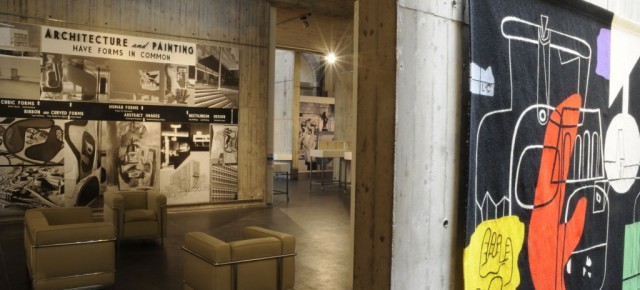Inside, the cabinets act as a catalogue of the thousands of original objects that Pamuk collected from antique stores and markets located in Istanbul to help plot his novel and chart his obsessive love story between upper class Kemal Basmacı and his second cousin Füsun The displays, which are created from an assortment of sepia photographs, classic film posters from the golden age of Turkish cinema, detailed maps and a variety of Turkish memorabilia, are a tribute to the writer’s hometown and a chronicle of Istanbul’s seismic growth over the past 30-odd years. In a rather smart twist, the 83 exhibits complement each chapter chronologically as the characters — and the city — develop and mature from the 1970s to the 2000s.


